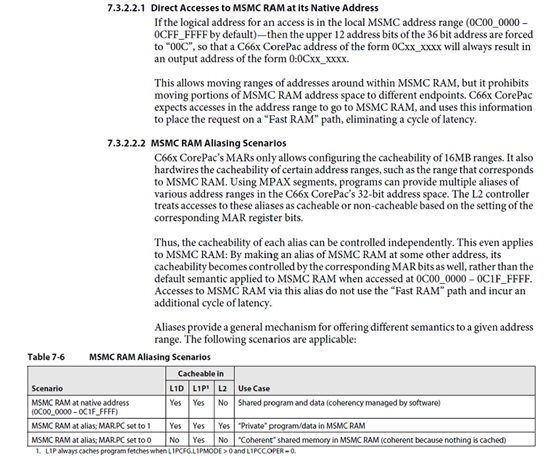We have just enabled hardware memory protection of the MSMC memory using (a) the XMC-MPAX unit in the CorePAC to prevent accidental overwrite of code and read-only data, etc. and (b) done roughly the same using the SMS-MPAX unit in MSMC to do the same thing for accesses by the PCIe and SRIO peripherals, etc.
We noticed that the throughput of our system degraded by about 1%. We were not expecting that. Can someone please explain if this should have been expected.
Regards, Jonathan


